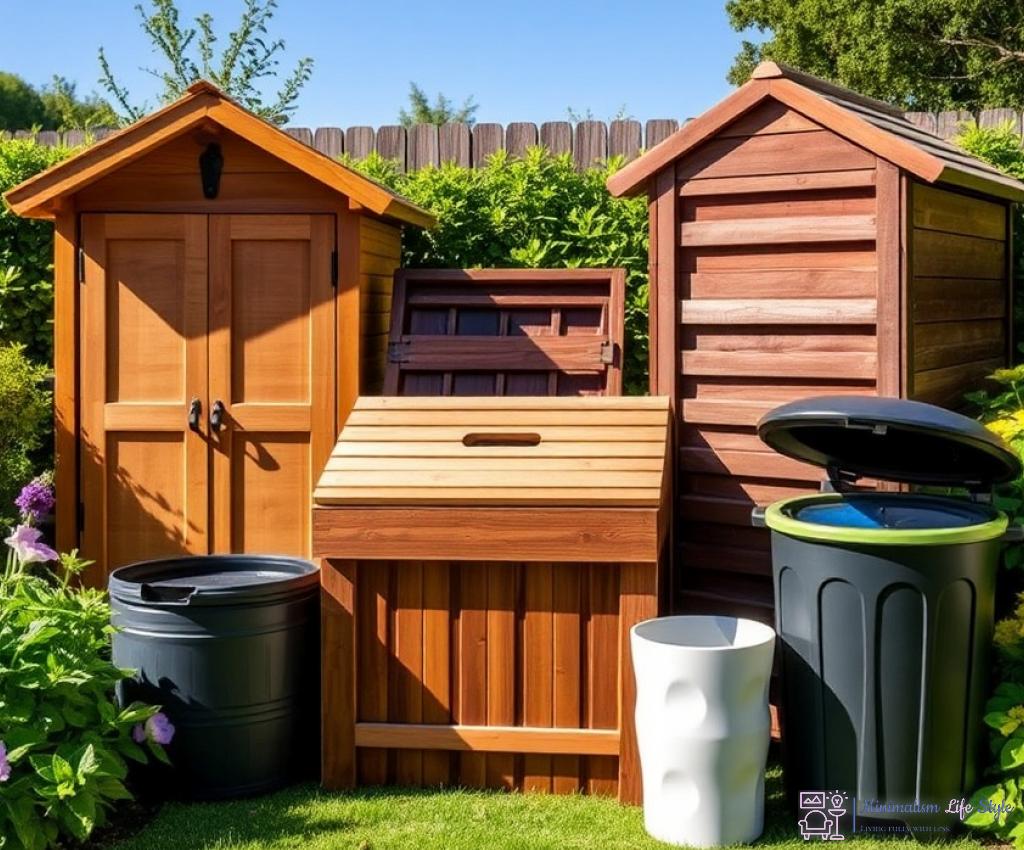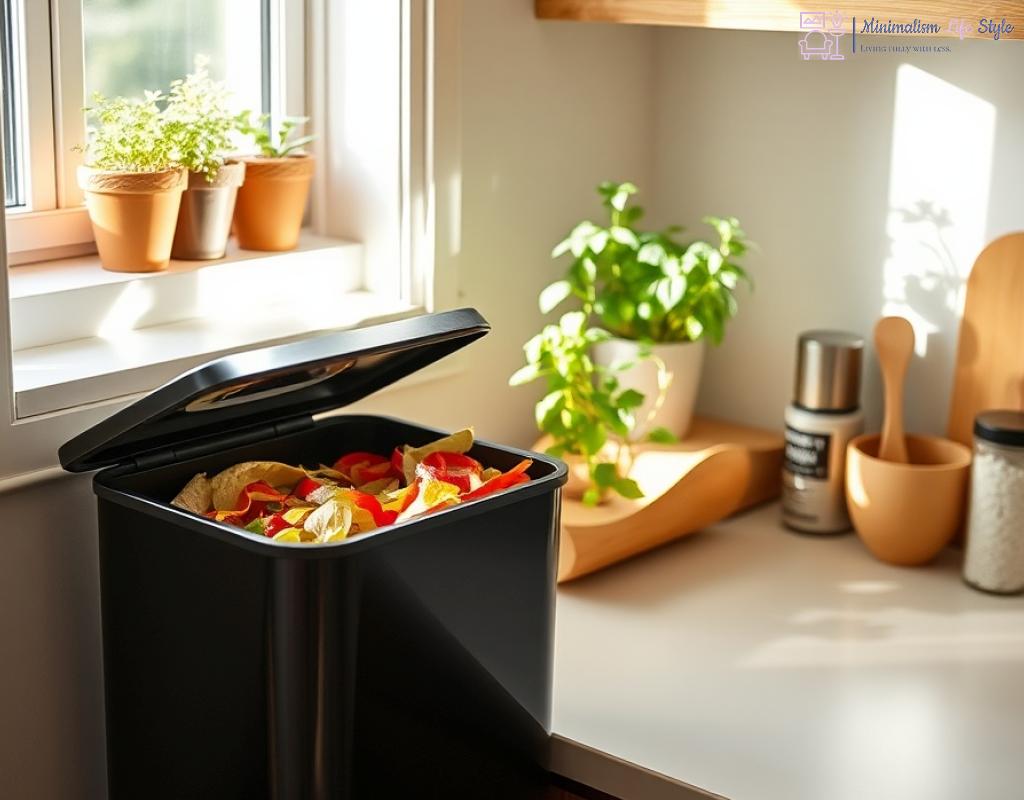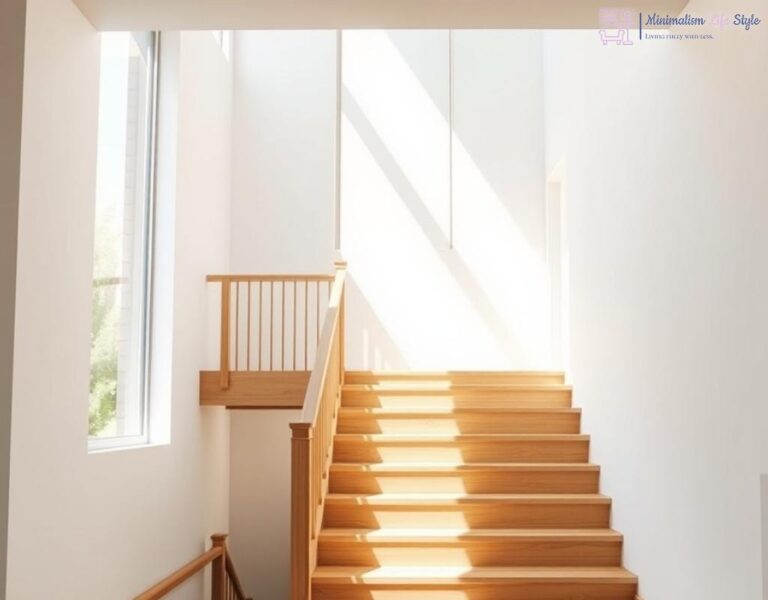The Basics of Home Composting Made Easy

Imagine transforming your kitchen scraps and yard waste into nutrient-rich soil that can help your garden flourish! Home composting is not only a practical solution to reduce waste, but it also brings the joy of nurturing nature right to your backyard. It’s simpler than you might think, and with the right approach, anyone can get started.
Before diving into composting, it’s essential to understand the basic components required for a successful compost pile. Composting is all about balance—mixing green materials that are high in nitrogen with brown materials that are rich in carbon. This balance is crucial for creating the ideal environment for microorganisms to break down organic matter.
| Material Type | Examples | Benefits |
|---|---|---|
| Green Materials | Fruit and vegetable scraps, coffee grounds, grass clippings | Provide nitrogen, speeding up the composting process |
| Brown Materials | Dry leaves, cardboard, paper, straw | Add carbon, helping to aerate the pile |
Now that you have your materials sorted, let’s explore some effortless composting techniques that can easily fit into your lifestyle. You don’t need a huge space or complex equipment to start composting at home. Here’s a simple list to guide you:
- Choose Your Composting Method: Options include traditional compost bins, vermicomposting (using worms), or even bokashi composting, which ferments organic waste.
- Maintain the Right Moisture: Your compost should feel like a damp sponge. If it’s too dry, add water; if it’s too wet, mix in more brown materials.
- Turn Your Pile: Aerating your compost by turning it every few weeks helps speed up decomposition and prevents odors.
- Harvest Your Compost: After a few months, your compost will be dark, crumbly, and earthy. It’s ready to enrich your garden!
Choosing the Right Compost Bin for Your Space

When it comes to home composting, selecting the perfect compost bin is akin to choosing a garden pot for your favorite plant—it can make all the difference in your composting journey. The right bin not only accommodates the volume of waste you produce but also complements your living space. Whether you have a sprawling backyard or a cozy apartment balcony, there’s a composting solution tailored just for you.
Before diving into the world of compost bins, take a moment to assess your available space and your composting goals. For instance, if you have ample outdoor space, a larger bin might be ideal for processing yard waste alongside kitchen scraps. On the other hand, urban dwellers may opt for compact bins that can easily fit under a sink or on a small balcony. It’s crucial to pick a bin that aligns with your lifestyle; after all, composting should be a seamless addition to your daily routine.
Exploring the various types of compost bins available can significantly streamline your composting experience. Traditional compost bins are great for those who enjoy the process of turning their pile and don’t mind a bit of maintenance. These bins provide excellent aeration and are typically made from sturdy materials that can withstand the elements. For those with limited space or who prefer a low-maintenance approach, vermicomposting bins offer an efficient solution. Utilizing worms to break down organic waste, these bins are compact and odor-free, making them perfect for indoor environments.
Additionally, consider bokashi composting as an innovative option. This method ferments food waste in an airtight container, producing a nutrient-rich byproduct while minimizing odors. It’s an ideal choice for individuals who want to compost without the hassle of maintaining a traditional pile. Each bin type has its unique benefits, so think about your waste output, space availability, and how hands-on you wish to be in the composting process.
Ultimately, the key to successful composting lies in choosing a compost bin that suits your needs and lifestyle. By selecting the right bin, you not only simplify the process but also contribute to a healthier planet by reducing waste effortlessly. Remember, your composting journey begins with the right choice!
What Can and Can’t Go into Your Compost
Composting is an amazing way to transform your organic waste into a valuable resource for your garden. However, understanding what materials can and cannot go into your compost is crucial for achieving the best results. The right mix not only enhances the composting process but also prevents potential issues, such as unpleasant odors or pests.
Many kitchen scraps and yard waste items are perfect for composting, contributing to a nutrient-rich end product. By incorporating these materials, you can effectively reduce waste and promote a sustainable environment. Here’s a curated list of the best compostable materials:
- Fruit and Vegetable Scraps: Peels, cores, and even the remnants of overripe produce make excellent compost.
- Coffee Grounds and Filters: These add nitrogen and improve soil structure.
- Grass Clippings: Fresh clippings are rich in nitrogen, aiding in decomposition.
- Dry Leaves: A great source of carbon, helping to balance out the nitrogen-rich materials.
- Eggshells: Crushed eggshells provide calcium and help with soil structure.
- Paper and Cardboard: Non-glossy, shredded paper and cardboard contribute carbon but should be used sparingly.
While many items can be composted, there are certain materials that should be avoided to ensure a successful composting experience. Using the wrong materials can lead to a smelly pile, attract pests, or introduce harmful pathogens. Here are key items to steer clear of:
- Meat and Fish: These can attract unwanted animals and create foul odors.
- Dairy Products: Similar to meat, dairy can spoil quickly and lead to pest problems.
- Oils and Grease: Fats can create a greasy mess and hinder the decomposition process.
- Cooked Foods: These may contain preservatives and other additives that are not suitable for composting.
- Weeds and Invasive Plants: These can survive the composting process and spread in your garden.
By being mindful of what goes into your compost, you can create a thriving environment for beneficial microorganisms while minimizing waste. Remember, the key to successful composting lies in knowing the dos and don’ts, which ultimately leads to a healthier garden and planet.
Maintaining Your Compost: Tips for Success
Once you’ve embarked on your composting journey, the next crucial step is to maintain the health and vitality of your compost pile. Just like a garden needs consistent care, your compost requires attention to thrive. By implementing simple yet effective maintenance strategies, you can ensure that your compost remains a nutrient-rich resource for your plants, all while reducing waste with minimal effort.
Understanding Moisture Levels is vital to successful composting. Finding the right balance is key; too much moisture can lead to anaerobic conditions, while too little can slow down decomposition. Aim for a moisture level that resembles a damp sponge. You can achieve this by regularly checking your pile and adding water or brown materials as needed. This practice not only keeps microorganisms active but also accelerates the breakdown of organic matter, ultimately enriching your compost.
Your compost pile thrives on air circulation. Regularly turning or aerating your pile promotes the flow of oxygen, which is essential for aerobic decomposition. This process helps prevent unpleasant odors and keeps the compost well-mixed. Consider using a pitchfork or a compost tumbler to turn your pile every few weeks, ensuring that all materials are evenly decomposed and that beneficial microorganisms have the oxygen they need to flourish.
Just as every gardener faces challenges, composting can have its ups and downs. Being aware of common compost issues and how to troubleshoot them is vital for maintaining a successful compost system. One common issue is a foul odor, which often indicates that your pile is too wet or has too many green materials. To remedy this, simply add more brown materials and turn the pile to improve aeration.
Another potential problem is the presence of pests. While beneficial insects can aid in decomposition, unwanted visitors can derail your efforts. To minimize this risk, avoid adding meat, dairy, or oily foods to your compost. Additionally, covering your compost with a layer of dry leaves or straw can deter pests and help keep the pile insulated.
Finally, if decomposition seems to be lagging, it may be time to assess the material balance. A healthy compost pile needs a mix of green and brown materials, and if one is lacking, the process can slow down. By regularly monitoring and adjusting the ingredients in your compost, you can ensure a consistent breakdown of organic matter, leading to a rich, dark compost that your garden will love.
Using Compost: Transforming Waste into Garden Gold
Imagine walking through your garden, where the vibrant greens and colorful blooms are not just a feast for the eyes, but also a testament to your commitment to sustainability. By utilizing compost, you are not only enhancing the beauty of your outdoor space but also enriching the soil with nutrients that promote healthy plant growth. Compost acts like a natural fertilizer, improving soil structure, moisture retention, and providing essential nutrients that help your plants thrive. One of the most rewarding aspects of composting is witnessing the transformation of what was once considered waste into ‘garden gold,’ making it a valuable addition to any gardening endeavor.
When you incorporate compost into your gardening routine, you are actively nurturing the soil ecosystem. Compost is teeming with beneficial microorganisms that play a crucial role in breaking down organic matter and enhancing soil fertility. These microorganisms not only improve the nutrient profile of the soil but also help in suppressing plant diseases and pests, creating a robust environment for your plants. The organic matter in compost improves soil aeration and drainage, allowing roots to access water and nutrients more efficiently. As a result, your plants become more resilient, leading to a flourishing garden that stands the test of time.
By adopting a minimal home composting approach, you can seamlessly integrate waste reduction into your daily life. The kitchen scraps that you once discarded can now be transformed into a powerful resource for your garden. This closed-loop cycle not only reduces the amount of waste sent to landfills but also encourages a sustainable mindset. When you apply compost to your garden, you are effectively recycling nutrients back into the soil, fostering a harmonious relationship between your home and the environment. This not only benefits your plants but also contributes to a healthier ecosystem overall.




